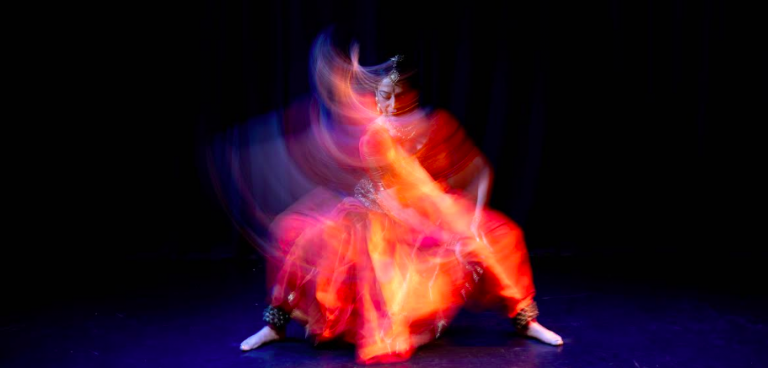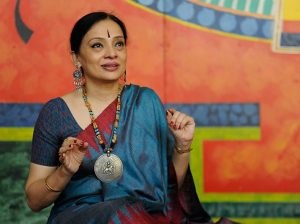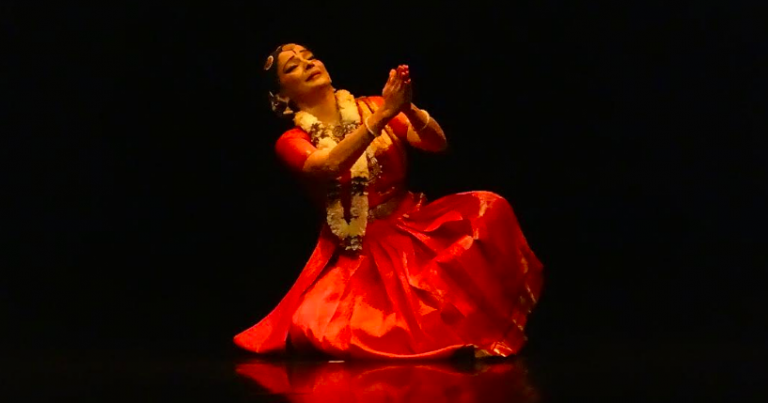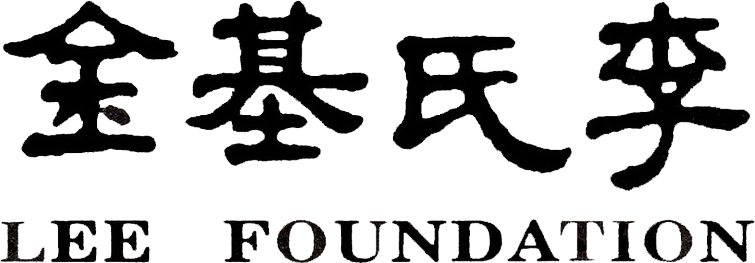As the world settles into a cautious new normal, practitioners of classical dance and music can contribute to replenishing our inner reserves.
By Malavika Sarukkai
India is breathless and in agony as its people struggle to come to terms with the pandemic and its toxic fallout. The images of death and despair that flood the media scream for our attention. In the last few months, the second wave of COVID-19 has broken the spirit of India’s millions as it continues its destructive trail into rural India as well.
At this juncture, our hope is that vaccinations administered across a sizeable population will halt the spread of the virus. The only encouraging sign is that in other parts of the world, the strategy of large vaccination drives is returning the world back to a cautious ‘new normal’.
The last few months of the second COVID-19 wave made us face some harsh truths. It made us see the urgency of valuing human life, acknowledging privilege and admitting to the harsh disparity that separates the haves and the have nots. The pandemic has revealed yet again that a large part of India lives perilously and on the edge.
It is important to come to terms with the gross inequality that marks our reality. Equally, it is important to understand that as a society, what is most needed is empathy together with swift and thoughtful action – both individually and collectively. We must see that humanity connects us all.
Just as the image of thousands of migrant workers fleeing the cities for their villages last year left an indelible imprint on our conscience, imploring us to recalibrate the way we think, relate, act and live, the tragedy of the pandemic claiming so many lives in its second phase has reinforced that we cannot survive in isolation – as a society, those who are privileged must be attuned to the problems of those who are not. Only then will we be able to see the greater ecosystem beyond ourselves, recognise the humanity in all.


To that extent, the pandemic has highlighted the need to change the way we think, by moving away from the easy route of tokenism – sending, or forwarding, outpourings of concern on social media – to the more difficult route of taking the right action at the right time so that people can start rebuilding their lives.
What is clear is that in a post-COVID-19 world, our ravaged world, the word ‘human’ can no longer be used without stirring our conscience. Being human is being aware, sensitive, empathetic, responsible and ethical.
The artistic community, like others, is going through turbulent times and facing an uncertain future. All paradigms of stability and continuity have been virtually dismantled in the time of COVID-19. The complete stalling of live performances has brought with it an uneasy silence and desperation for artistes who are struggling to survive.
It is apparent that we need to renegotiate structures in our personal and professional lives to make sense of a post-COVID-19 world. The challenge to transform demands holistic action from us – as people and as artistes and, in this article, I look at the world of dance in particular.
Practitioners of both classical and folk dance from across the country have been gravely affected by the pandemic. Many have lost their livelihoods, lost family, become orphaned, lost dignity, courage, and the earnings of a lifetime. The pandemic has ruthlessly cut through the socio – economic fabric, unmindful of the privileged and the less fortunate. Several, without even the basic means to healthcare, have lived a nightmare too terrible to even imagine.
The pandemic, which has left a trail of devastation in its wake, has made us see that for our planet and its human inhabitants, the only way out is to move towards the idea of creating an inclusive space— not as mere tokenism but as an honest engagement. A space where we don’t speak from the high ground of judgment and finality but allow plurality, flexibility, empathy and understanding to guide our actions. The kind of space that does not need an external conscience keeper but demands of us that we make ourselves conscientiously accountable. A space that prompts us to course correct and move towards a fair and equitable world.
This forced pause could then be viewed as a window for artistes to review their repertoire, ask themselves why they do what they do, challenge the status quo of the tried and tested comfort zone, reflect seriously on the responsibility of inheriting a tradition and, where necessary, question tradition itself with an informed sense of responsibility, to bring it closer to its essential core by peeling away clichéd decorations.
Authenticity, not tokenism
During the pandemic we have seen the sheer hollowness of tokenism – when the seriousness of the second COVID-19 wave was not acknowledged, prompt action not taken, leaving India unprepared for the magnitude of death and devastation that has ravaged the people.
At the same time, we have also seen that when people step out and act in real time and on the ground, the difference it makes is monumental – as in the case of doctors, healthcare workers, nurses, ambulance drivers, paramedics, NGOs, etc. We owe them and the scientific community a lifetime of gratitude.
Perhaps there is a lesson to be learnt from this – as people and as artistes. For serious artistic enterprise, being authentic is vital. If one is not alert, the repetition that classical dance involves could bring with it a sense of false accomplishment, where habit and muscle memory, rather than a mindful awareness in the body, take over.
This superficial practice gives a sense of achievement but does little to deepen the study of dance in the body. If we wish to move away from tokenism to find the real pulse of dance, we must explore how we can make our dance lived, inhabited.
The question then is – can we distance ourselves from this kind of tokenism as artistes? Granted, tokenism requires little effort and the ‘reward of accomplishment’ it offers, is huge. But there is no doubt that even as it gives an unlimited sense of grandiose fulfilment, what it does is displace the real by usurping its role. It is dangerous precisely for that reason.
So, can we live our lives with more commitment and less casualness? Can we as artistes consciously move towards a deeper understanding of the art form with an honesty in approach and execution? Can the dance speak as dance and be shorn of mannerisms? Can dance not just be about the dancer?
This in turn raises more questions. Can tradition be reclaimed to resonate in the present? What is our intention when we dance? What is our physical and mental posture? Are we proclaiming certain ideologies to further our self-interest? How does the classical language of dance adapt to present times? Does the dance have to convey literal meanings or does it speak through metaphor, poetry and aesthetics? Can classical dance truly ‘transform’ or is it just another token statement?
And what does it mean when we say classical dance and music have the ability to transform? The dramatic consequences of the pandemic have confronted artistes with questions we otherwise might have postponed, caught as we are in the busy momentum of our programmed lives.
The fallout of the pandemic has also put tremendous pressure on the artistic community for survival – in this informal sector many have resorted to online teaching in a big way as this seemed an answer for those who are willing to learn and those needing to earn. Others have used social media smartly to make their work available online and for a price.
Having said that, there are many others who are marginalised with no access to technology. Some have chosen to chisel and upgrade their craft keeping in mind that sometime, in the not-too-distant future, performances will return to performance spaces and live audiences. Others have formed self-help groups to support those in need.
Tradition is multifaceted and pluralistic. Artistes have different approaches to dance, as do novelists. There is a range of writing, from racy best sellers to more serious books. So too in dance – the range is wide.
Dancers approach subjects with varied intentions – from literal exposition and playing up the romantic to simplifying interpretations and myths in search of novelty and popularity; emphasising the physicality of the dancing body, employing metaphors and similes to make imaginative connections; forefronting stereotyped women characters that encourage the male gaze, making dance entertaining; and reflecting philosophy and serious deliberation as elements of dance.
The repertoire that a student, dancer or artiste presents is dependent on various factors – individual temperament, stage in one’s life, lived experiences, influence of gurus, teachers, mentors, home and external environments. What finally determines the trajectory of the dance path is the purpose that each individual attaches to the dance.
Dance draws from life and expresses life in myriad ways. For instance, the distressing, shameful images of bodies floating in the river Ganga, which we as a country recently witnessed, throws up emotions of revulsion, sorrow, helplessness, fear, disgust, shock. If this were to be interpreted through the language of dance, artistes would do it in different ways.
Some might relate to this with a contemporary poem, whilst others might connect this scene of death with lyrics from the Mahabharata (3rd century BCE – 3rd century CE), namely in Gandhari’s lament at Kurukshetra as she describes the battlefield strewn with corpses where women’s shrieks rip the air as they flay their arms like dying cranes, unable to bear the agony of death.
Both images of the present and past are about death. When we look closely at them, we realise what hits us hard are not just the images of death, but the pitch of emotions they churn within us.
The key question is whether the artiste is able to move from the specific telling of a single narrative to the universal truth of intense human emotions irrespective of race, color, religion, geography and time, be it a contemporary poem or ancient text. If the interpretation moves us within the core of our being, it is effective, but if we are left unmoved, the interpretation does not ‘ live in the present’.


Just incorporating a contemporary poem or an ancient one does not make the interpretation live in the medium of dance – it is the intention, imagination and technique together with stylisation that drive the interpretation to contemporary relevance.
Moments of immersive experience connect humanity
Serious committed artistes of classical dance and music, for centuries, have strived to reach the elusive moment of immersive experience – a moment of inner alignment when the ‘me’ is displaced in a moment of ‘ rasa’. To ‘experience rasa’ through the medium of dance and music, the moment must be honestly lived, in all its vulnerability, by both the artiste and the audience.
This moment of ‘rasa ‘, though transitory, transforms the creator and viewer/ listener and has been celebrated by Bhakti poets across the country. If it wasn’t a lived truth, it would not have resonated over centuries throughout India.
‘Serious committed artistes of classical dance and music, for centuries, have strived to reach the elusive moment of immersive experience’. Photo: Venkatesh Krishnan
For this, we as artistes are grateful to Appar, Sundarar, Nammalvar, Andal, Akka Mahadevi, Basaveshwara, Tulsidas, Kabir and a host of other Bhakti poets between the 7th and 16th century CE who responded to the social rigidities of their time so powerfully. It is through their impassioned verses that we get a glimpse into their world of seeking.
The question facing us today is how to rebuild our life in a post-COVID-19 world where our consciousness as a country has been overwhelmed by death, despair and fear. At a fundamental level, society has to urgently heal and restore itself at several levels – physical, emotional and psychological.
As the world settles into a cautious new normal, practitioners of classical dance and music can contribute to replenishing our inner reserves and healing our consciousness to help us find hope in the beauty of the spirit. The experience of serious art, when lived in the moment, is not escapism but a channel to connect with our inner self – a means to help us find our humanness – a quality the world so desperately needs.
Malavika Sarukkai is a Bharatanatyam dancer, choreographer and mentor who continues to investigate tradition with choreographies that extend the boundaries.









